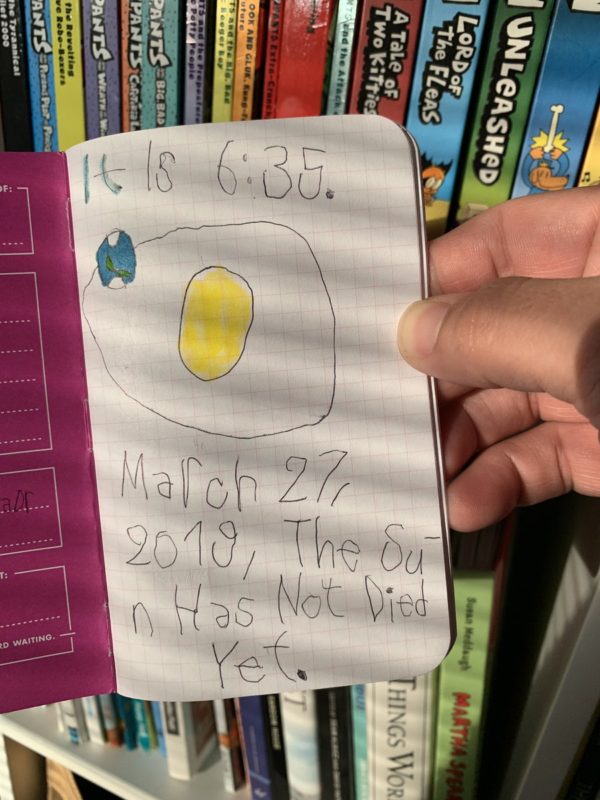
I found this in my six-year-old’s (abandoned) diary.
If you’re reading this, the sun has not died yet.
And that’s not nothing!

I found this in my six-year-old’s (abandoned) diary.
If you’re reading this, the sun has not died yet.
And that’s not nothing!
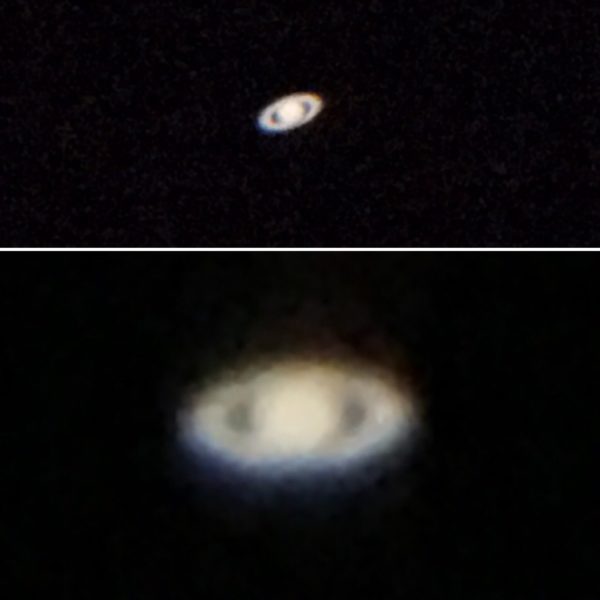
My friend was at a Cleveland Browns game and a wife turned to her husband and said, “Did you see that??”
“I seen it!” the husband said. “I seen it WITH MY OWN EYES!”
That’s how I felt last night when I caught my first glimpse of Saturn’s rings through my birthday present. So good.

Tomorrow is International Asteroid Day. I read about it in Erica Berry’s recent Letter of Recommendation:
The organizers of Asteroid Day want humanity to band together to create better asteroid-tracking technology, but I relish it mostly as a chance to reckon, for at least one day of the year, with my own feelings of terror and awe. An asteroid is a caricature of everything I fear but cannot control. And Asteroid Day gives me permission to indulge this spectacle of imagined global catastrophe. It is a day for a collective heave of what if. What if humanity was obliterated by a conspiracy between a giant rock, gravity and random chance? What if, instead of climate change or nuclear winter, we were delivered that deus ex machina?
Over at Kottke.org, Jason posted an excerpt from Peter Brannen’s The Ends of the World, detailing the destruction of the asteroid that struck the Yucatan peninsula and wiped out the dinosaurs:
Unlike the typical Hollywood CGI depictions of asteroid impacts, where an extraterrestrial charcoal briquette gently smolders across the sky, in the Yucatan it would have been a pleasant day one second and the world was already over by the next. As the asteroid collided with the earth, in the sky above it where there should have been air, the rock had punched a hole of outer space vacuum in the atmosphere. As the heavens rushed in to close this hole, enormous volumes of earth were expelled into orbit and beyond — all within a second or two of impact.
“So there’s probably little bits of dinosaur bone up on the moon,” I asked.
“Yeah, probably.”
Above: A poem from my book, Newspaper Blackout
A reader wrote in to tell me my pictures of the moon through my new telescope were beautiful and all, but the moon was upside down. Indeed! When you look through a Dobsonian telescope the image you see is upside down because the mirror in the bottom is curved, as is explained in this video, with a kitchen spoon, some sticks, and a piece of foam:
I didn’t bother altering the image of the moon in the post, because I wanted to show it as it looked through my viewfinder.
I’m reminded of Betty Edwards’ book, Drawing on the Right Side of the Brain, which includes an exercise that asks the drawer to draw something upside down:
Familiar things do not look the same upside down. We automatically assign a top, bottom, and sides to the things we perceive, and we expect to see things oriented in the usual way – that is, the right side up. For, in upright orientation, we can recognize familiar things, name them, and categorize them by matching what we see with our stored memories and concepts.
When an image is upside down, the visual cues don’t match. The message is strange, and the brain becomes confused.
What you do, when you turn something upside down, is make it strange — when your brain doesn’t know exactly what it is that you’re looking at, you start to really look at the thing and see it with “fresh” eyes.
This, by the way, is exactly what a camera obscura does. Here’s photographer Abelardo Morell demonstrating his technique:
(A fabulous read on art and optics is David Hockney’s Secret Knowledge.)
As Paul Valéry put it (paraphrased for the title of Weschler’s book on artist Robert Irwin): “To see is to forget the name of the thing one sees.”
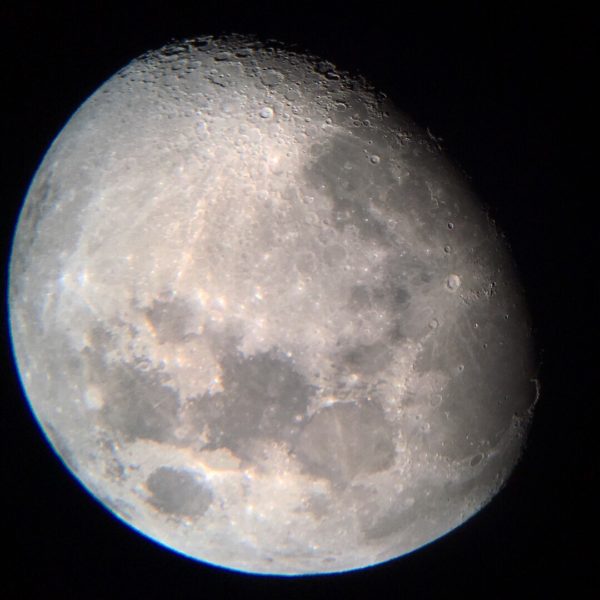
My wife got me a legit Dobsonian telescope for my birthday, but, as they say, you buy a new telescope you also buy a week of rain. Saturday night it was finally clear enough for a few hours around sunset to try it out on the waxing gibbous.
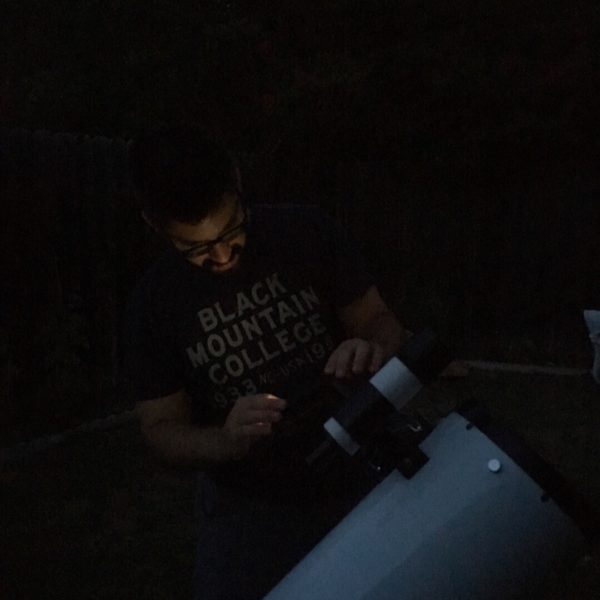
After mistakenly trying to use both the 1.5″ and 2″ eyepiece adapters, we got it set up and it was so, so cool. I felt giddy looking at the moon in such detail.
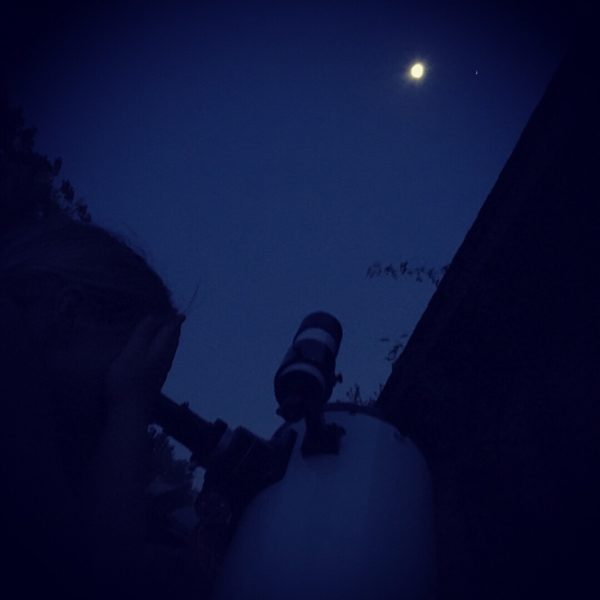
Then, maybe even cooler, we put the 10mm eyepiece on and pointed it at Jupiter — holy moly. We could see the bands and even 3 of the moons. (Took me back to my freshman year of college, trying to prove Kepler’s laws of planetary motion.) What a wonderful way to spend a summer evening.

Now I look forward to digging into my copies of Turn Left at Orion and NightWatch and finding some new stuff to point it at…
This site participates in the Amazon Affiliates program, the proceeds of which keep it free for anyone to read.